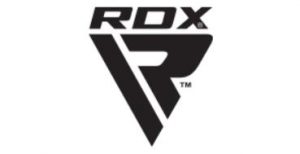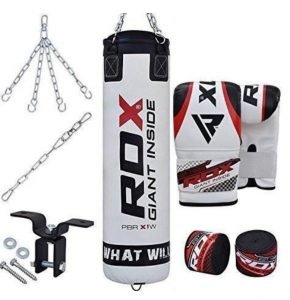In the investment in French fries production line equipment, procurement costs play a vital role, just like the cornerstone of a tall building. Taking a medium-sized production line with an hourly production capacity of 1 – 2 tons as an example, the price range of its core equipment is roughly as follows:
The cleaning and peeling equipment is about $7,143 – $14,286. Equipment with high brand awareness, advanced peeling technology, and the ability to effectively reduce raw material losses tends to approach the upper limit. The price of cutting and shaping machinery ranges from $11,429 to $21,429. If it has high-precision laser cutting technology to ensure the perfect uniformity of French fry shapes, the price will naturally increase. The frying system usually costs between $14,286 and $28,571. High-quality frying machines with precise temperature control, efficient oil drainage, and energy-saving and environmental protection features have relatively higher costs. The quick-freezing device, due to the use of liquid nitrogen quick-freezing technology, has an equipment cost between $21,429 and $42,857, which can quickly lock in the flavor and nutrition of French fries and safeguard high-quality products.
The brand is one of the key factors affecting the
equipment price. International well-known brands, with their profound technological accumulation, excellent quality reputation, and extensive after-sales service networks, generally have prices 20% – 50% higher than local brands.
However, local brands have developed rapidly in recent years, and some high-quality enterprise products have gradually narrowed the performance gap, highlighting their cost-performance advantages. Production capacity is directly linked to the price. For every 1 ton/hour increase in production capacity, the equipment procurement cost will increase by approximately $14,286 – $21,429, because larger equipment has higher requirements for the performance of core components and the complexity of the manufacturing process.
The degree of automation cannot be ignored either. A highly automated production line can significantly reduce human intervention and labor costs, but the equipment price will be 30% – 40% higher than that of a semi-automatic production line, as it incorporates advanced control systems, precision sensors, and other high-tech elements to achieve intelligent production process management.
When selecting
equipment, investors need to comprehensively consider their own financial strength, expected production volume, product positioning, and other factors, and balance the best combination of brand, production capacity, and degree of automation to avoid blindly pursuing high-end equipment and causing waste of funds or overly compressing costs and affecting long-term production efficiency.
Although the installation and commissioning costs account for a relatively small proportion of the total cost, they are like the “final kick” and are directly related to whether the production line can smoothly start and operate efficiently. Site preparation work is indispensable. If building a factory from scratch, the infrastructure construction cost (including ground hardening, water and electricity layout, ventilation facility installation, etc.) is approximately $114.29 – $171.43 per square meter (converted from 800 – 1200 yuan), and the site construction cost for a standard factory building of 500 square meters is roughly between $57,143 and $85,714.
The installation labor cost depends on the complexity of the equipment and the installation period, generally accounting for 5% – 10% of the equipment procurement amount. For
production lines with high technical requirements and complicated installation steps, the labor cost may be higher. The commissioning consumables cost includes the oils, gases, test materials, etc. used during the commissioning process, which is approximately between $1,428.57 and $2,857.14
Professional installation and commissioning teams are crucial. They are like the “doctors” of the equipment, able to accurately diagnose and solve potential problems, ensuring the precise cooperation of all parts of the equipment and stable and smooth operation.
Non-professional operations are extremely likely to cause equipment failures. For example, installation accuracy deviations may lead to increased wear of transmission parts, loose pipeline connections causing material leakage or increased energy consumption, etc.
These problems not only affect production progress but also make the subsequent maintenance costs difficult to estimate. They may even endanger the safety of operators and bury numerous hidden dangers for enterprises.
During the long operation cycle of the French fries production line, operation and maintenance costs are like a trickle that continuously accumulates and affects the enterprise’s profits. Electricity, water, and gas costs are the main components of daily expenses.
Taking the production of 1.5 tons of French fries per hour as an example, the hourly power consumption is about 150 – 200 kilowatt-hours, with an electricity cost of $17.14 – $22.86.
The gas consumption depends on the power of the frying equipment, about 10 – 15 cubic meters per hour, with a gas cost of $4.29 – $6.43. The water consumption is relatively small, mainly used in the cleaning process, about 2 – 3 cubic meters per hour, with a water cost of $0.71 – $1.07. In general, the combined cost of electricity, water, and gas per hour is approximately $22.14 – $30.36. The cost of replacing wearing parts cannot be underestimated. Blades, filters, conveyor belts, and other parts need to be replaced regularly, with an annual cost of approximately $4,285.71 – $7,142.86 (converted from 30,000 – 50,000 yuan), which fluctuates according to production intensity and equipment usage frequency.
The regular maintenance cost includes comprehensive equipment inspections, lubrication, calibration, etc., with an annual cost of approximately $2,857.14 – $4,285.71 (converted from 20,000 – 30,000 yuan). Professional maintenance can extend the service life of the equipment and ensure stable performance.
The cost of fault is difficult to accurately estimate. The cost of repairing minor faults is several hundred dollars each time. In case of damage to core components, the replacement cost may be as high as tens of thousands of dollars, and it will also cause production stoppages and heavy losses.
To reduce operation and maintenance costs, enterprises can make efforts in multiple aspects. On the one hand, introducing energy-saving equipment, such as frying machines equipped with new energy-saving motors and high-efficiency heat exchangers, can reduce energy consumption by 10% – 20%. On the other hand, establishing a sound equipment management system, monitoring the equipment’s operating status in real-time, reserving wearing parts in advance according to the production plan, and reasonably arranging maintenance periods can nip sudden failures in the bud, ensure production continuity, and avoid unnecessary losses.
Raw material procurement funds are like the “blood” of the production line, continuously injecting power into production. Potatoes, as the core raw material for French fries, have significant impacts on costs due to variations in their quality and price.
High-quality potato varieties, such as Atlantic and Shepody, have high starch content and appropriate sugar content, and can produce French fries with excellent taste, but their prices are usually 10% – 20% higher than those of ordinary varieties.
The procurement price is affected by factors such as season, origin, and market supply and demand, with a fluctuation range of 30% – 50%. Taking 2024 as an example, in the early stage of the spring potato market, due to tight market supply, the price once rose, and the factory price of high-quality potatoes in some areas exceeded $285.71 per ton. In the autumn harvest season, the price dropped back to $171.43 – $214.29 per ton (converted from 1,200 – 1,500 yuan per ton).
The procurement volume is closely related to the occupation of funds. To ensure stable production, enterprises usually need to reserve 1 – 2 months’ worth of raw material inventory. For an enterprise that produces 1 ton of French fries per hour, the monthly potato demand is about 600 – 700 tons. Calculated at an average procurement price of $214.29 per ton, the monthly raw material procurement funds are as high as $128,600 – $150,000. The pressure on fund occupation is evident.
Reasonable inventory management is the key to relieving the pressure on funds. Enterprises can establish long-term cooperation with multiple origin suppliers, master price trends through information sharing, stock up appropriately in the off-season, and reduce the amount of high-priced purchases in the peak season.
At the same time, optimizing inventory storage conditions, using advanced ventilation and temperature control facilities, can reduce potato storage losses, ensure the freshness of raw materials, ensure production while maximizing the activation of funds, and improve the efficiency of fund use, laying a solid foundation for the stable operation of enterprises.
In today’s consumer market wave, French fries are like a giant ship sailing through the wind and waves, firmly occupying the throne of popular foods. With the accelerating pace of life, consumers are increasingly fond of convenient and delicious fast foods, and French fries have naturally become the top choice.
According to data from authoritative market research institutions, in the past five years, the global French fries market sales volume has been rising at a strong annual growth rate of 8%, and it is expected that this figure will reach a new high by 2030, with a good chance of breaking through the 15 million tons mark.
…






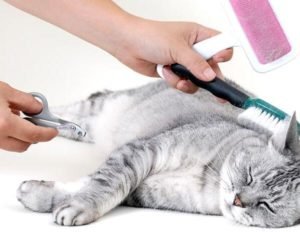
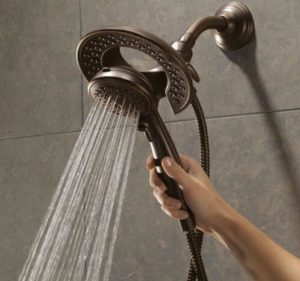 There comes a time when even the most durable shower head breaks and calls for a replacement. This can be the perfect opportunity to choose a better one. Whether you’d like your shower head to
There comes a time when even the most durable shower head breaks and calls for a replacement. This can be the perfect opportunity to choose a better one. Whether you’d like your shower head to 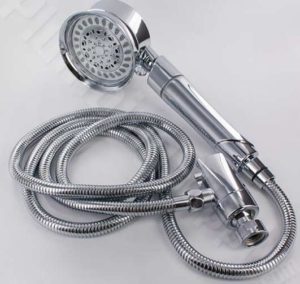




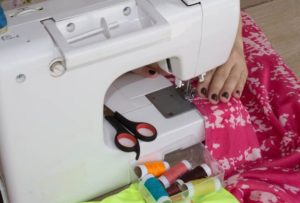 Computerized sewing machines have computers controlling the many motors. There is a small display on the side that allows you to program the machine. There is a
Computerized sewing machines have computers controlling the many motors. There is a small display on the side that allows you to program the machine. There is a  Computerized sewing machines have a foot pedal, just like a mechanical sewing machine, but it can be operated without one. A foot pedal is used when
Computerized sewing machines have a foot pedal, just like a mechanical sewing machine, but it can be operated without one. A foot pedal is used when 